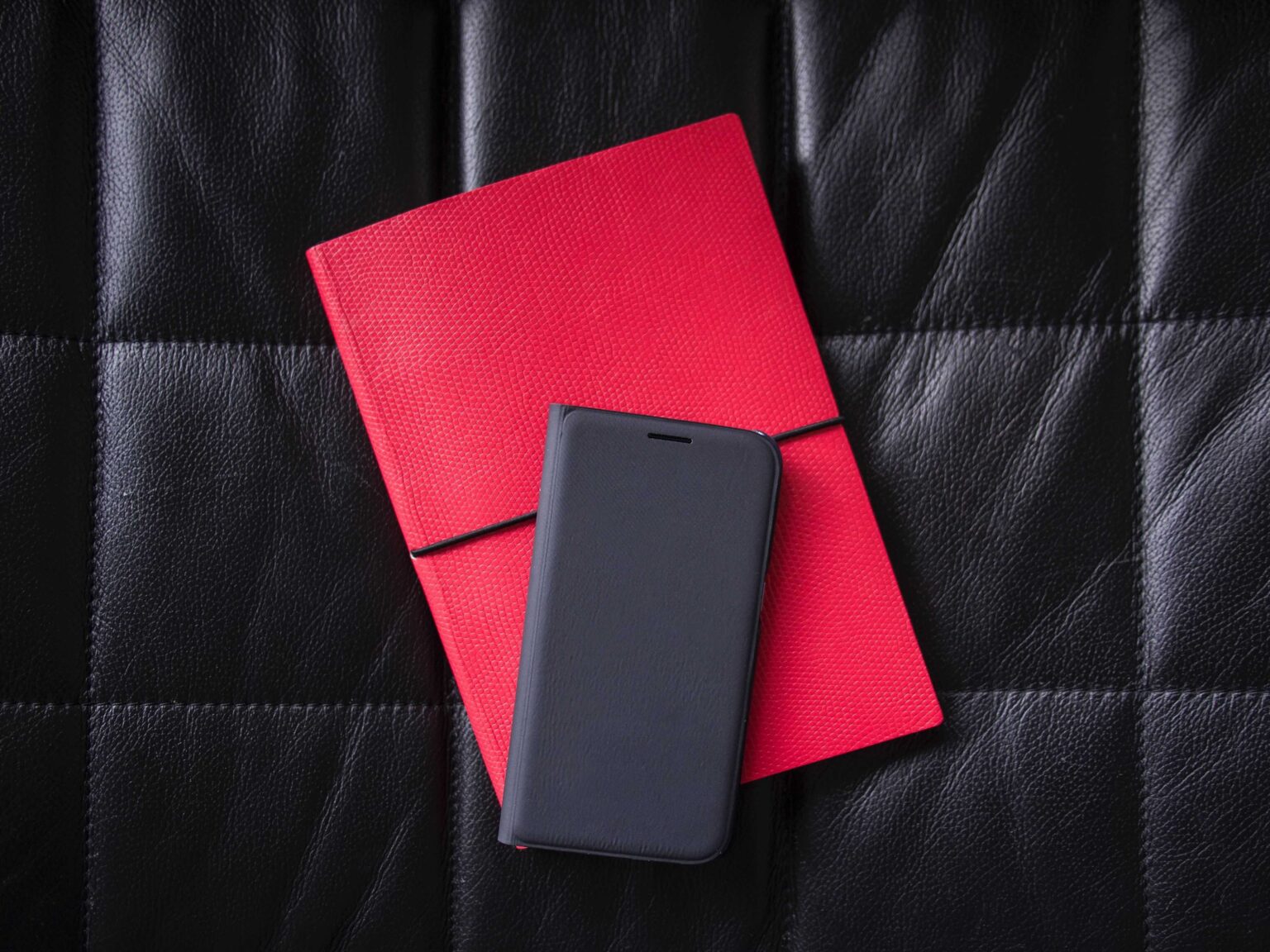Your Android smartphone is designed to be secure and includes many features to protect your personal information from thieves and scammers. That said, cyber-criminals are increasingly targeting your mobile device because it contains valuable data, such as banking passwords and user names, ecommerce and social media logins as well as personal information that can be used in identity theft scams.
The good news is that a few simple best practices can safeguard your data against the most common cyber-threats, including malware, phishing, and hacking. We spoke to Ernst Wittmann, the Regional Manager for Southern and East Africa at TCL, about the steps you can take to improve your smartphone’s security. TCL manufactures Alcatel and BlackBerry handsets.
Lock your smartphone
Despite the headlines generated by malware, ransomware and other cyber nasties, your biggest mobile security risk is the loss or theft of your smartphone. To prevent a thief from accessing your data—such as your social media or online banking details—or from making expensive calls from your phone, lock the device behind a PIN code or fingerprint recognition. A pin is simple, safe and reliable, and remains the best way to lock your device when you’re not using it.
Stick to the official app store
Rather than downloading apps from unofficial websites, get your apps from an official store, such as the Google Play Store. All Android apps undergo rigorous security testing before appearing in the Google Play Store. That means it is rare (though not unheard of) for a third party app to make its way onto the Google Play Store which has not been through security checks. However, apps from unofficial sources often include some malware or spyware in their code.
Install an antivirus app
Google’s own Google Play Protect does a good job of scanning your device and keeping it clear of malware. But for extra peace of mind, you can also install a third-party antivirus app that identifies known threats and prevents them from compromising your device or data. There are some good, free of charge offerings like Avast Mobile Security & Antivirus, as well as affordable, paid-for apps from the likes of Trend Micro and Norton Mobile Security.
Turn off wireless connections that you’re not using
When you’re not using Bluetooth or Wi-Fi, shut them off. This will not only shut down one of the avenues attackers may use to access your data, it will also help you conserve battery life. Disable your smartphone from automatically connecting to public hotspots. And when you do connect to a public Wi-Fi network, be careful about what information you access and share. For example, avoid doing your online banking at the local coffee shop.
Be wary of phishing
Treat emails, text messages and phone calls asking for your personal data, passwords and logins with caution. Your bank, SARS or a responsible ecommerce site will not ask you to log in to your online profile from an email. If someone asks you to do so, you can be sure it’s a scam. You are probably being directed to a fake website that a criminal has set up to harvest passwords and logins. Likewise, don’t give info such as your address or your ID number to people who phone you and claim to be from your bank or another institution unless you are sure the call is genuine.
Keeping your most valuable data safe
In closing, because it’s crammed with personal data like your photos, contacts, private emails, banking details, passwords and so much more, you should take particular care to secure your smartphone as you do your bank cards or personal computer. It’s a good idea to familiarise yourself with the security features and options in your device—the official Android website is a good place to start.
Photo by Daria Nepriakhina on Unsplash



